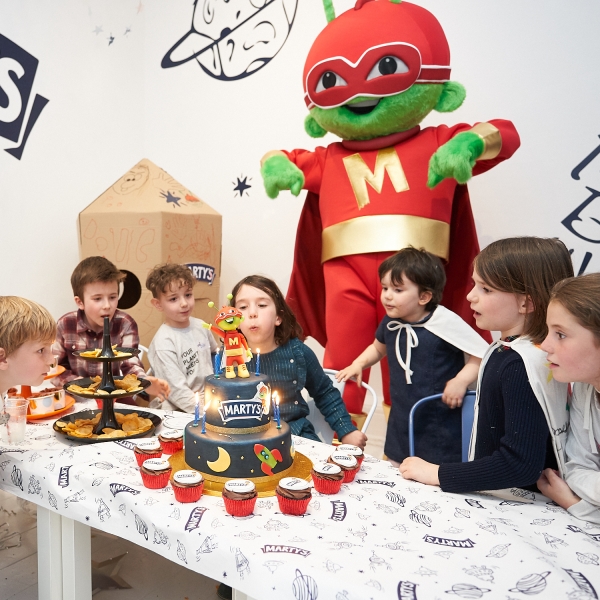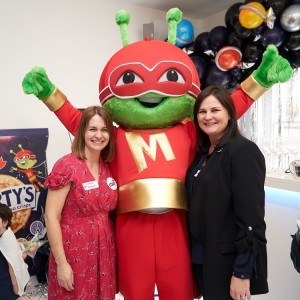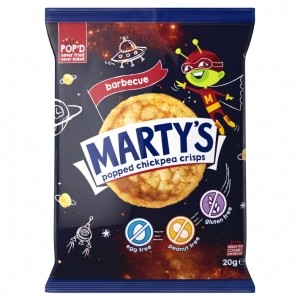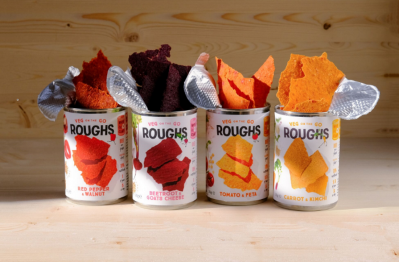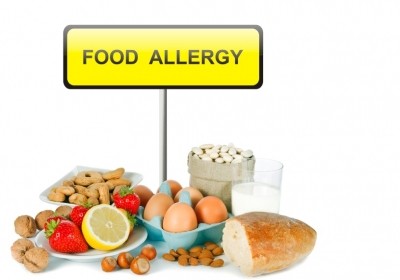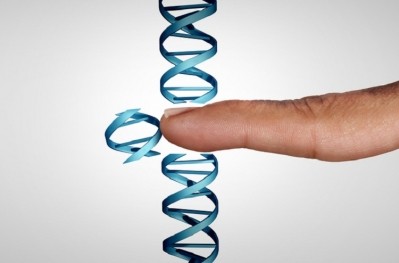Danone develops allergy brand for kids: ‘There aren’t any child-oriented products to meet their needs’
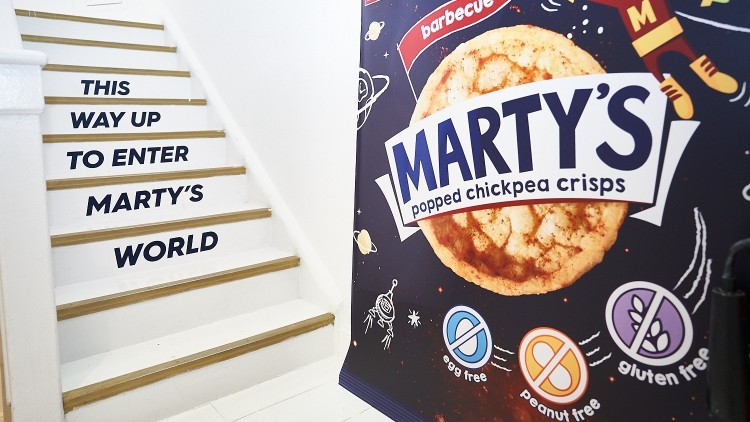
French dairy giant Danone is preparing to roll out a new brand in the UK this summer: Marty’s. The business will deliver allergy friendly products specifically targeting children’s snacking occasions.
It is the result of an intense process of co-creation between Danone’s internal innovation accelerator, the Manifesto Innovation Accelerator, and the external collaborators including families and bloggers impacted by allergies.
“The MIA is the Manifesto Innovation accelerator. We are an internal team that accelerates innovation for Danone into white space that supports its business ambition. Danone is always looking for ways for people to live longer, healthier lives. Marty’s plays a role in that because we have heard now from families that children with allergies are excluded at snack time,” Tanya Pitchforth, the project’s founder and part of the MIA accelerator within Danone told FoodNavigator.
The launch event for Marty’s – aptly a children’s party - was attended by Emma Amoscato, author of ‘Living with Allergies: Practical Tips for All the Family', who is one of the external people working with Danone on brand and product development. With two children impacted by allergies, Amoscato has experienced first-hand the wide-reaching consequences that extend to a sense of social exclusion, she said at the party. “I was plunged into this world… of rushing around and trying to make sure [my children] were safe and not excluded,” she explained.
Getting close to the consumer
Through the MIA, Danone was able to combine its expertise in allergies and product development with a start-up mindset, Pitchforth explained.
“We operate a little bit like a start-up within the business. I am able to work with some of our allergy experts. We have had product experts working with us. We have a pretty robust team leveraging the expertise that Danone has in the space.”
“Danone has always had a very rich heartland and science around allergies.”
Crucially, consumers where placed at the centre of the development process.
“The goal inside the innovation accelerator is to pull together all those different parts and build something that is robust and consumer-centric. It is about starting with the consumer. We don’t start with a product, a brand, or an asset – a manufacturing facility.”
Marty’s is a direct response to feedback from families who have children that have allergies. “The concept is a blend of the families and children that we met. We started by identifying what was missing in their lives by understanding their lives. We were able to use our allergy experience to navigate the landscape, but on top of that we were able to talk to experts, HCPs [health care professionals], bloggers and people in the space who have been affected by allergies, so we were able to gather a good insight into this pain and exclusion.
“In terms of actually developing a solution to that, we used families. We used families with kids affected by allergies. Some of them are here today. We put ideas and stimuli in front of them and said ‘This is what we want to achieve, does this do it?’
“They were very honest and authentic in their responses. They did taste tests, they invented Marty’s, they chose the direction of the brand. It was very much co-created.”
Products: Treat time, lunchboxes and snacks
The families Danone worked with provided the company with some clear feedback. Children with allergies feel excluded at snack and treat times because there are very few products aimed at this area. They are looking for products that are tasty, convenient, fun and – most importantly – inclusive.
“There aren’t any child-oriented products to meet their needs,” Pitchforth suggested.
The first products to be rolled out are Popped Chickpea Crisps, which are free from egg, peanuts and gluten. The will be available in three flavours: Cheese & Onion, Barbeque and Ready Salted flavours. Danone is then planning to introduce a line of sorbets later in the year and further products will be evaluated.
Innovation is focusing on the 14 core allergies. As with any allergy-free product, quality is crucial. For Marty’s clear child-friendly communication is another important area, Pitchforth continued.
“The claims that we make are very strong in terms of our confidence in the claim and manufacturing. Anything else is very much about clear labelling and callouts – icons that children themselves have validated they can understand. Even if they can’t read yet or aren’t confident. These sorts of things to play into the hazards facing those families.”
The innovation process is ongoing – and Pitchforth intends to ensure consumers remain at the heart of it.
”We are building our community, so hopefully people you meet today will be guiding us in our pipeline, which products should come and where we will innovate.
“We are working on a continuous basis in terms of flavour innovations – but also product form extensions. We want to see that these products meet the need, see the response of the children and evolve from there in that kids’ space – plus three-years lunchbox moment.”
The use of cartoon characters to market unhealthy food to children has received growing attention in the UK. In May last year, a group of MPs making up the Health and Social Care Select Committee called for a ban on "brand generated characters or licensed TV and film characters" used to promote foods high in fat, sugar or salt.
While Pitchforth says the new SKUs are “healthier versions” of conventional crisps and snacks, is there a concern that using a cartoon character on-pack could promote unhealthy options? Pitchforth doesn’t think so.
“We are focusing on inclusion. We are compliant with all the nutritional standards – we are not high fat, salt, sugar. Yes, it’s a treat moment – but at the same time this is chickpea based, for example, so some of the competition isn’t as nutritionally sound. But that isn’t what we were focusing on. It is true that is a slightly different avenue [for Danone] but we were focusing very much on that specific need state.”
